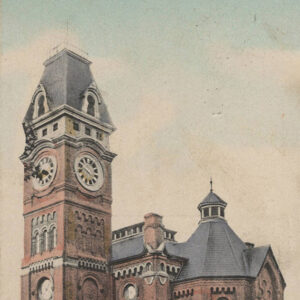 1871 Drew County Courthouse
1871 Drew County Courthouse
Entry Category: Drew
 1871 Drew County Courthouse
1871 Drew County Courthouse
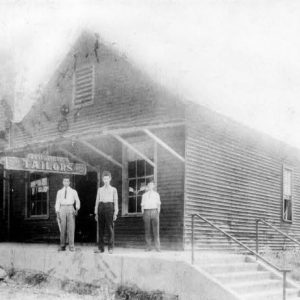 A. H. Thomasson and Son Tailors
A. H. Thomasson and Son Tailors
 African American Flood Refugees
African American Flood Refugees
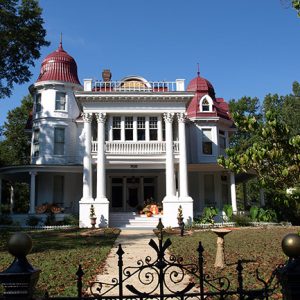 Allen House
Allen House
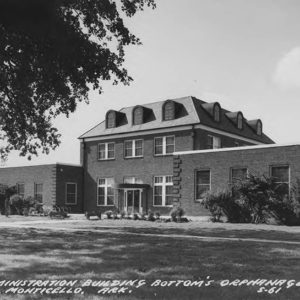 Bottom's Orphange
Bottom's Orphange
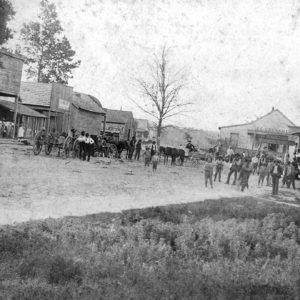 Collins Street Scene
Collins Street Scene
Jerome (Drew County)
 Jerome Cotton Gin
Jerome Cotton Gin
 Jerome Street Scene
Jerome Street Scene
Monticello (Drew County)
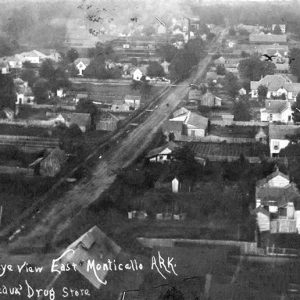 Monticello City Scene
Monticello City Scene
 Monticello Depot
Monticello Depot
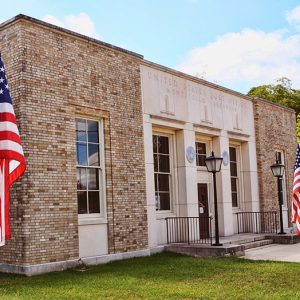 Monticello Post Office
Monticello Post Office
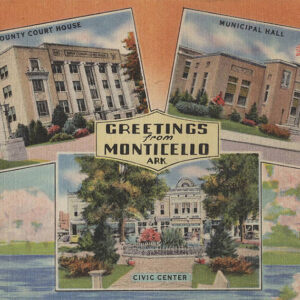 Monticello Postcard
Monticello Postcard
 Monticello View
Monticello View
 Monticellonian
Monticellonian
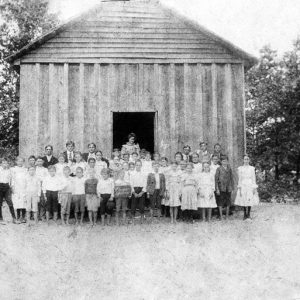 Pleasant Springs School
Pleasant Springs School
 Taylor Log House and Grounds
Taylor Log House and Grounds
 Taylor Log House
Taylor Log House
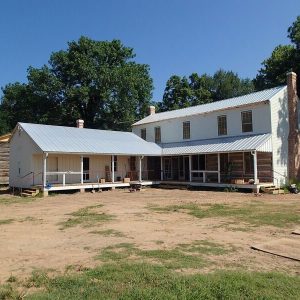 Taylor Log House; 2017
Taylor Log House; 2017
 Taylor Log House and Site Prior to Restoration
Taylor Log House and Site Prior to Restoration
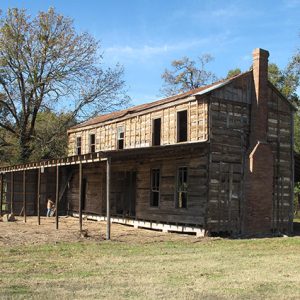 Taylor Log House and Site
Taylor Log House and Site
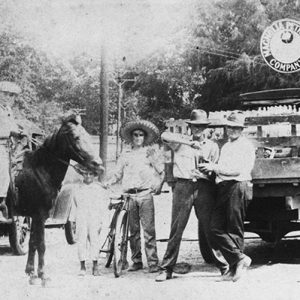 Tillar Street Scene
Tillar Street Scene
Tillar (Drew and Desha Counties)
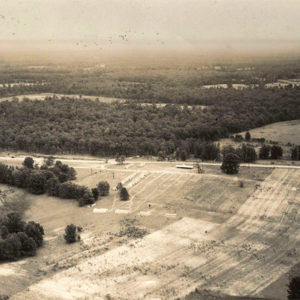 White Flood Refugees
White Flood Refugees
Wilmar (Drew County)
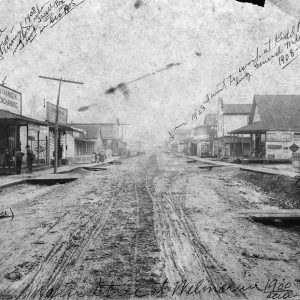 Wilmar Street Scene
Wilmar Street Scene




